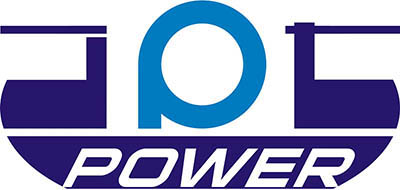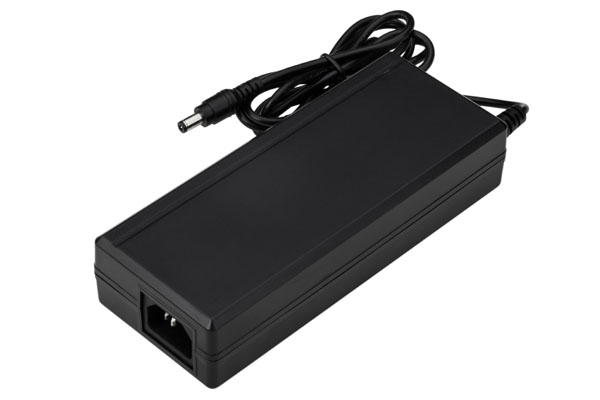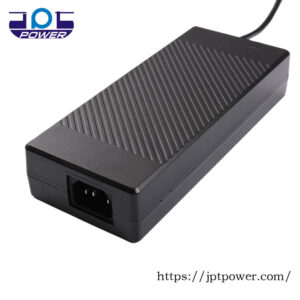Ensuring that devices connected to high voltage power supplies have appropriate overvoltage tolerance in accordance with IEC specifications is critical to meeting industry safety requirements.
Overvoltage and safety
Overvoltage transients in power cables can damage the equipment connected to them, making failure inconvenient and expensive and potentially exposing users to danger. In order to design electrical equipment that can withstand possible transients to ensure reliability and safety, engineers should be familiar with the overvoltage classes (also known as installation classes) defined in IEC standards.
Four overvoltage levels are defined in the IEC standard:
Class I is the lowest overvoltage class for circuits that contain measures to limit overvoltage transients to low levels.
Level II describes transients that can be applied to equipment provided by fixed fixtures. For example, in a domestic environment, electrical appliances designed to plug into wall outlets in the house, such as power tools, televisions, massagers, routers, switches, or other similar devices, must be able to withstand Class II overvoltage rating.
Class III applies to devices inside fixtures, such as switches in household fuse panels, or devices permanently attached to fixtures, such as air conditioners or industrial machinery hard-wired to AC power.
Class IV is the highest overvoltage category applicable to equipment used in the location of installation; That is, connect directly to utilities. Examples include switchboards, utility transformers and uprising meters.
The table summarizes the overvoltage requirements applicable to various classes of equipment according to the operating voltage or nominal voltage. Note that interpolation of nominal voltages is not allowed.
Therefore, in Class II applications, devices operating at 250 V must be designed for overvoltage transients of up to 2500 V. These overvoltage classes are referenced in various equipment safety standards, including (but not limited to) IEC 60664-1, which describes insulation requirements for devices rated at voltages up to 1000 Vac; IEC 60209-1, Safety standard for solar inverters; IEC 60204-1 covers safety of machinery; IEC 61010-1 covers electrical equipment for such purposes as testing and measurement, process control and laboratory equipment.
Can withstand transient voltage
Nominal voltage(ac) | I | II | III |
50 | 330 | 500 | 800 |
100 | 500 | 800 | 1500 |
150 | 800 | 1500 | 2500 |
300 | 1500 | 2500 | 4000 |
600 | 2500 | 4000 | 6000 |
1000 | 4000 | 6000 | 8000 |
<IEC standard>
Design to meet safety standards
Key aspects of equipment design that affect overvoltage capacity include voltage rating to protect insulation, isolation provided by electrical components such as transformers and optical isolators, creepage distance and clearance distance, and cross sections of cables and interconnections. Designers must pay attention to these to achieve the desired functionality as part of ensuring overall compliance with applicable safety standards.
If you are going to use an off-the-shelf power supply design device, it is important to check the overvoltage category when selecting the appropriate Psus. Only Class III power supplies can be connected directly to Class III power supplies. However, a device designed with a Class II power supply may be powered from a Class III power supply if a suitable isolation transformer is connected between the power supply and the power input.
Class II power supplies can be connected directly to Class II power supplies, such as wall sockets. A Class III power supply may be connected if high reliability or availability of the connected device is critical. On the other hand, additional protection is required to connect a Class I device to a wall outlet. This can be an isolation transformer or a power supply designed to suppress Class II transients.
Power adapter selection
JPTPOWER has standard power adapters for Class I and Class II applications. Power adapters feature robust design features with built-in output overvoltage, short circuit, and overcurrent protection over a wide input voltage range of 90-264 Vac. All products are certified by IEC/EN/UL62368 61558 60335. You are welcome to consult our sales team for product information.



